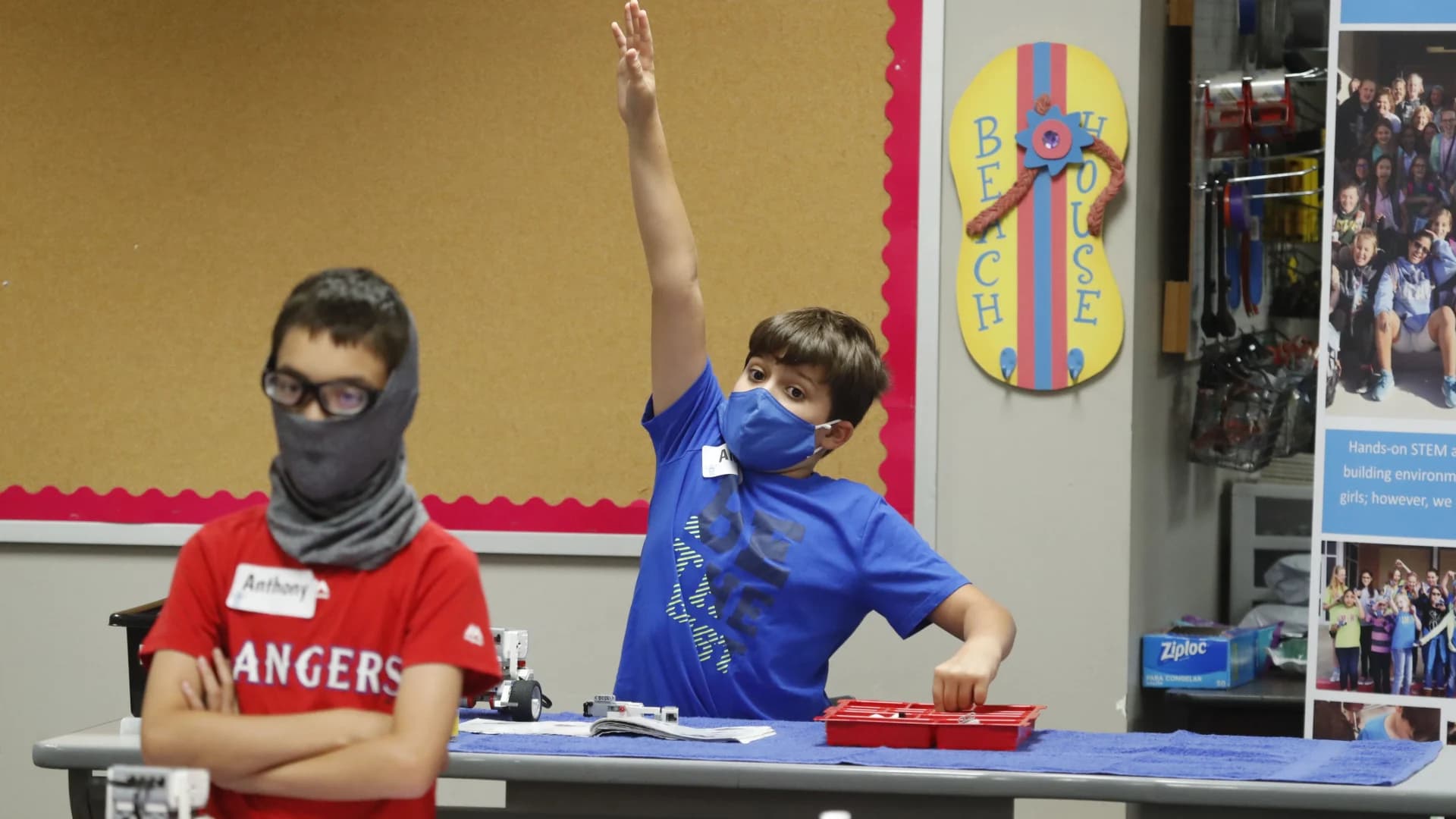More Stories

Given new evidence on the delta variant, the Centers for Disease Control and Prevention updated its guidance for K-12 schools.
Because many schools serve children under the age of 12, who are not yet eligible for vaccinations, children should return to full-time in-person learning in the fall with layered prevention strategies in place, according to the CDC.
STATE OF OUR SCHOOLS: Back-to-school resources
The tips below are for students, teachers, staff and visitors:
1. Promote vaccination
Vaccination is the leading public health prevention strategy to end the COVID-19 pandemic, the CDC says. Promoting vaccination can help schools safely return to in-person learning as well as extracurricular activities and sports.
2. Masks
The CDC is once again recommending universal indoor masking for all students (age 2 and older), staff, teachers, and visitors to K-12 schools, regardless of vaccination status.
3. Physical distance
In addition to universal indoor masking, the CDC recommends schools maintain at least 3 feet of physical distance between students within classrooms to reduce transmission risk. When it is not possible to maintain a physical distance of at least 3 feet, such as when schools cannot fully reopen while maintaining these distances, it is especially important to layer multiple other prevention strategies, such as screening testing.
COVID RESOURCES: COVID-19 vaccine resources and case data
4. Screening
Screening testing identifies infected people, including those with or without symptoms (or before development of symptoms) who may be contagious, so that measures can be taken to prevent further transmission, the CDC says. In K-12 schools, testing can help promptly identify and isolate cases, quarantine those who may have been exposed to COVID-19 and are not fully vaccinated, and identify clusters to reduce the risk to in-person education.
5. Other preventions
Other important COVID-19 prevention measures include better ventilation in classrooms, handwashing and respiratory etiquette, staying home when sick, and cleaning and disinfection.
6. Visitors
The CDC recommends that schools limit nonessential visitors, volunteers, and activities involving external groups or organizations, particularly in areas where there is moderate-to-high COVID-19 community transmission.
More from News 12
2:17

SCHOOL CLOSINGS: Closings, delays and schedule changes on Long Island
2:06

How holiday stress can impact children's learning routines
1:39

Long Island therapists create emotional learning show for preschoolers
0:24

'Parasocial' tops Cambridge Dictionary's list for 2025 word of the year
0:33

Sesame Street celebrates 56 years of educating kids
3:16
